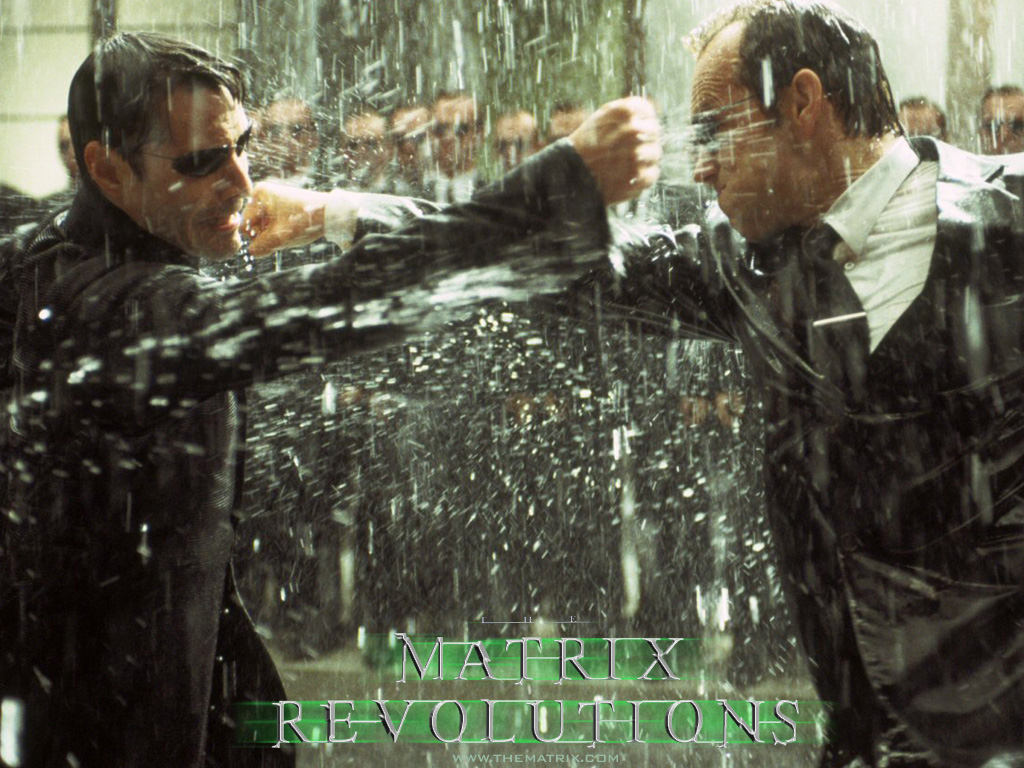
You live in a media duopoly. This has certain shortcomings. The first is that when one side does something, the other will invariably follow. Today’s example is Fairfax shifting to a freemium model, following the News move of some months ago.
But there is another problem. The media duopoly is a reflection of a broader division. Australia’s political economy is itself a binary: two teams facing one another.
On one side you have the “bludgers” including corporations (interests), the Liberal Party, the Right, Protestantism, the English and their lackies in the academy as well as in the News press.
On the other team you have the “battlers” including unions (interests), the Labor Party, the Left, Catholicism, the Irish and their lackies in the academy as well as in the Fairfax press.
It’s an abomination of tribalism in which both sides slap their favourites on the back no matter what, and the national interest is very often subsumed by the interests on one side or the other.
But at least it’s kind of balanced. Unless or until one of them is taken over and its editorial policies shifted.

